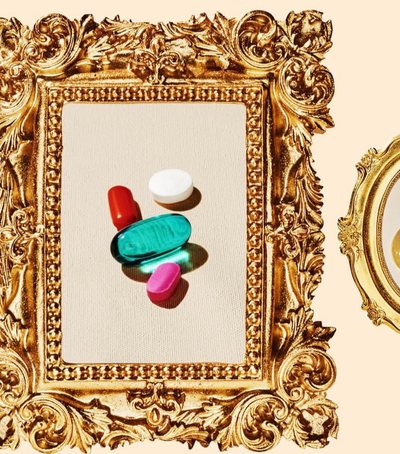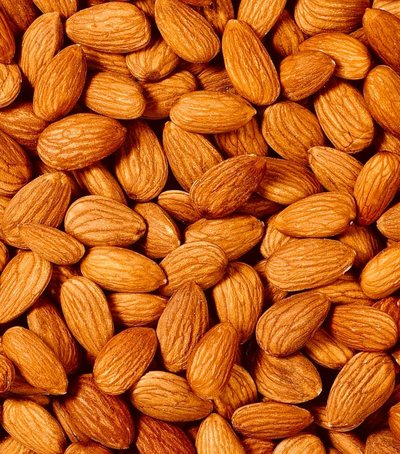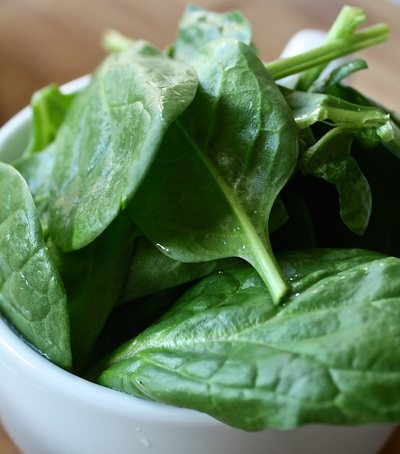
The best absorption of antibiotics sometimes remains hostage to the food consumed along with these medications. Antibiotics have a negative interaction with many foods and beverages, such as milk or dairy products.
Their effectiveness depends on the absorption of antibiotics in the digestive system and then their flow into the bloodstream.
From here, antibiotics find their way into the area of ??infection.
The successful pathway of antibiotics is influenced by many factors, such as stomach acidity, fats, nutrients, and the presence of calcium.
Why antibiotics should not be taken with milk
This is because calcium in milk interacts with the antibiotic and interferes with its absorption in the stomach.
Even if milk 'paralyzes' half the antibiotic, the body receives only half the dose, which delays the complete elimination of the infection.
Experts recommend that when taking antibiotics, avoid milk and dairy products for at least 2 hours before and after taking the antibiotic.
In the case of most antibiotics, food either reduces the amount of absorption, or plays no role.
Some antibiotics are better absorbed if taken with food because the latter has no effect on this process.
The data say that patients taking antibiotics should strictly follow the instructions on the medicine packaging.
Failure to follow these guidelines can cause problems in curing the infection.
Among the foods you should avoid when taking antibiotics are acidic foods such as fizzy drinks, citrus juices, chocolate and tomato-based products.
Grapefruit juice in particular affects very negatively with some medications and not just antibiotics.
Foods high in fiber such as lentils, beans and whole grains slow down the absorption of the antibiotic.





